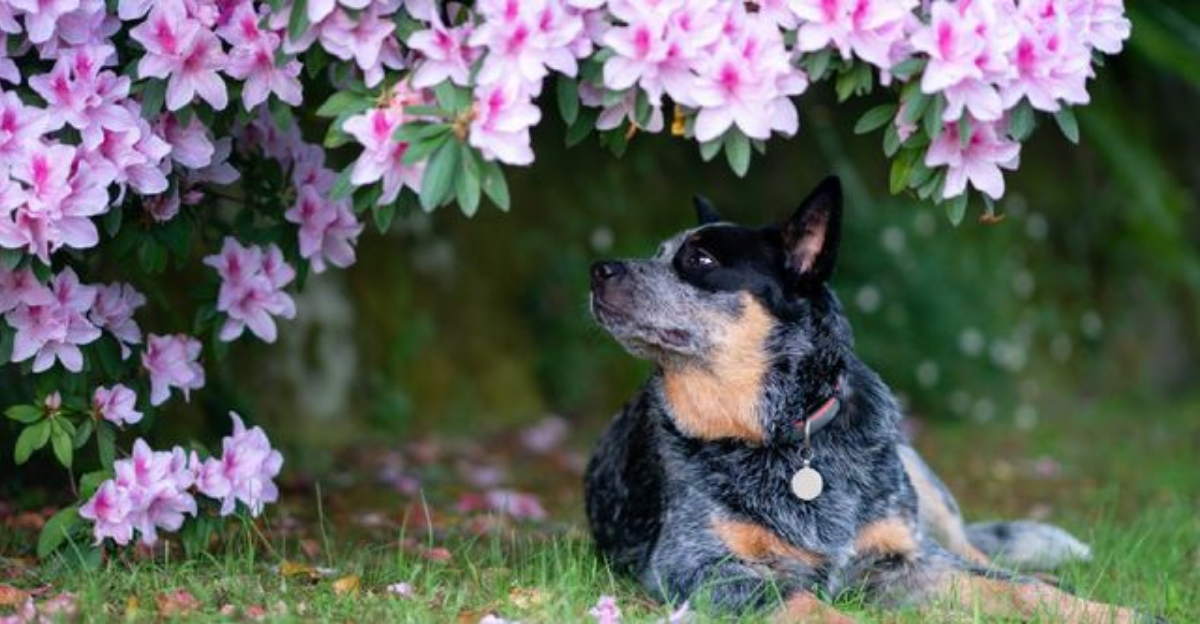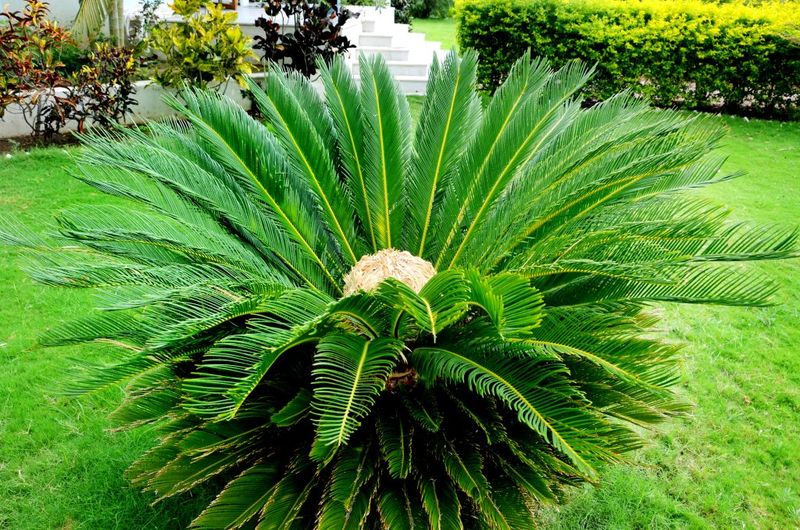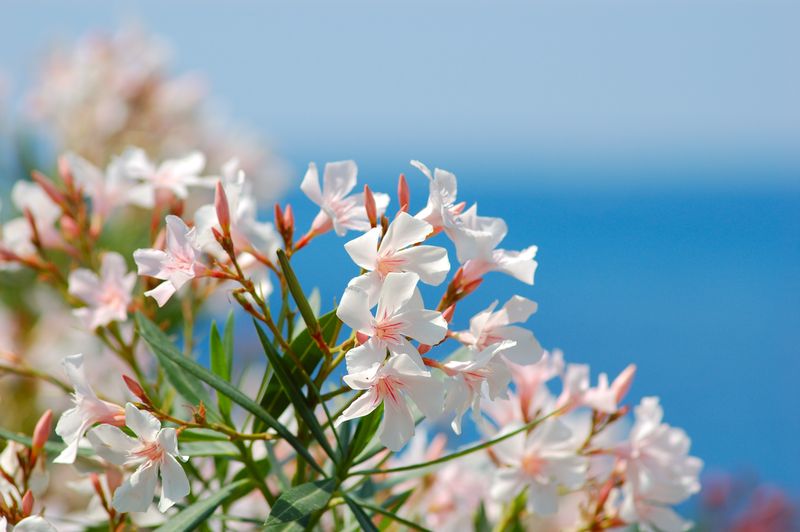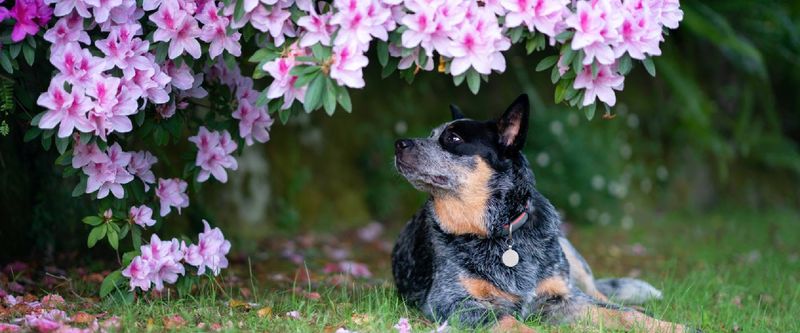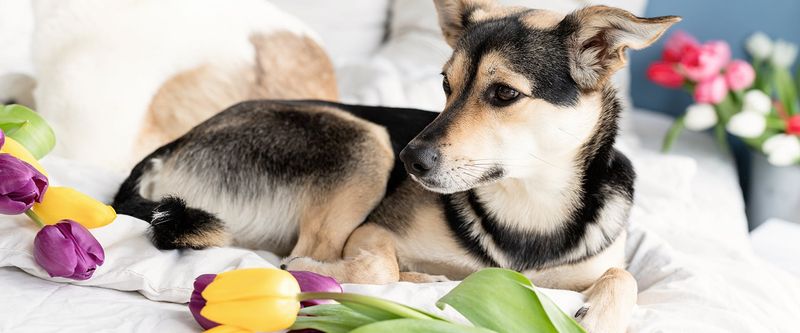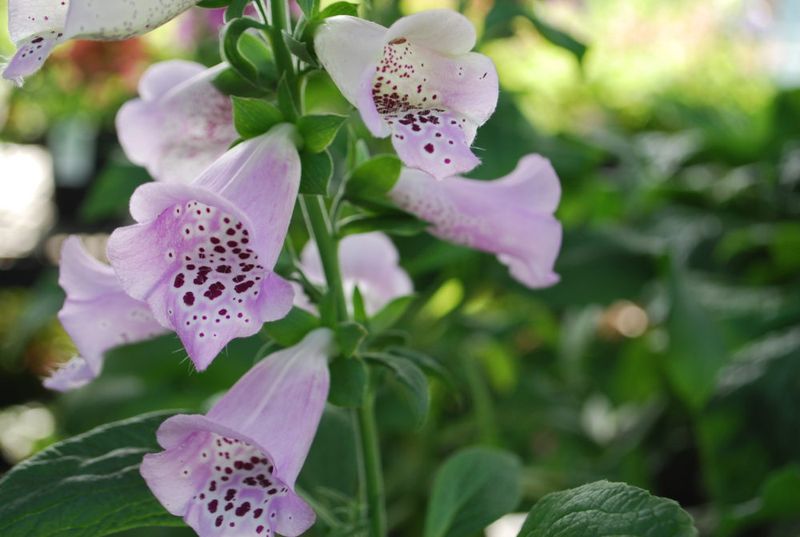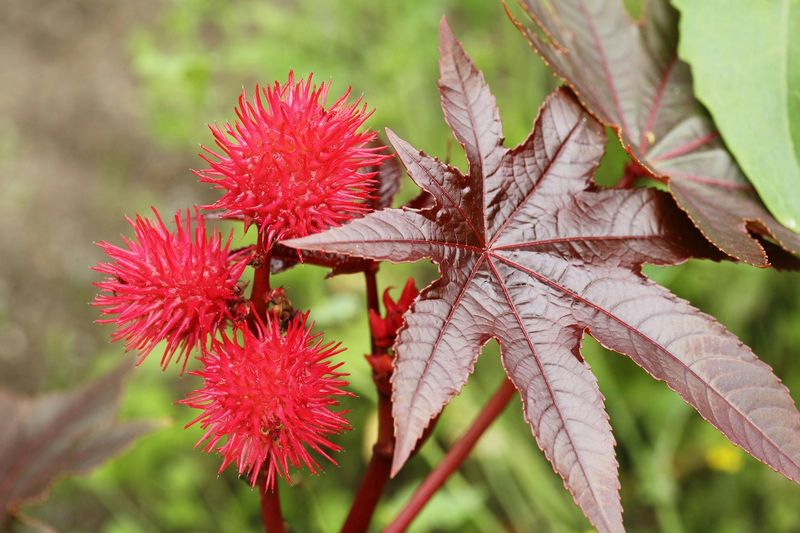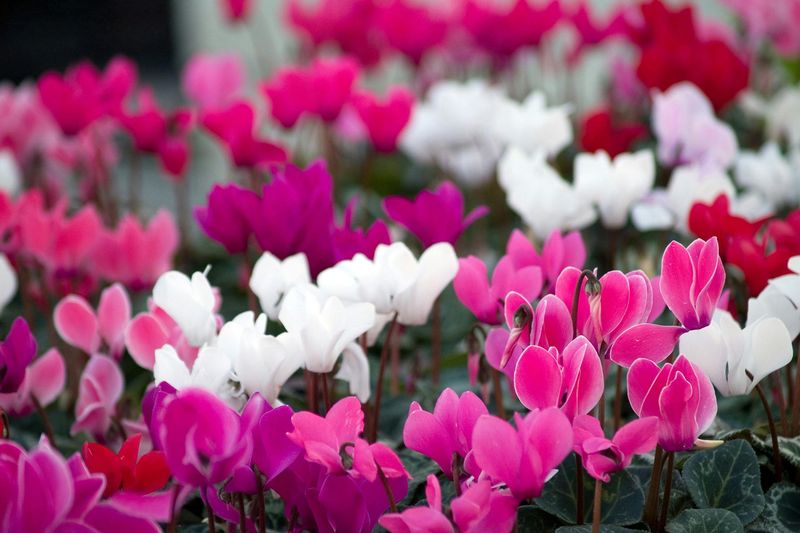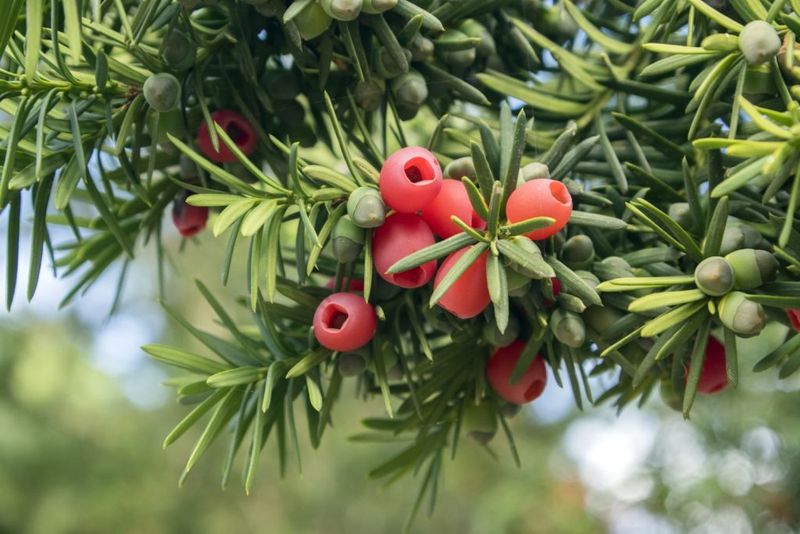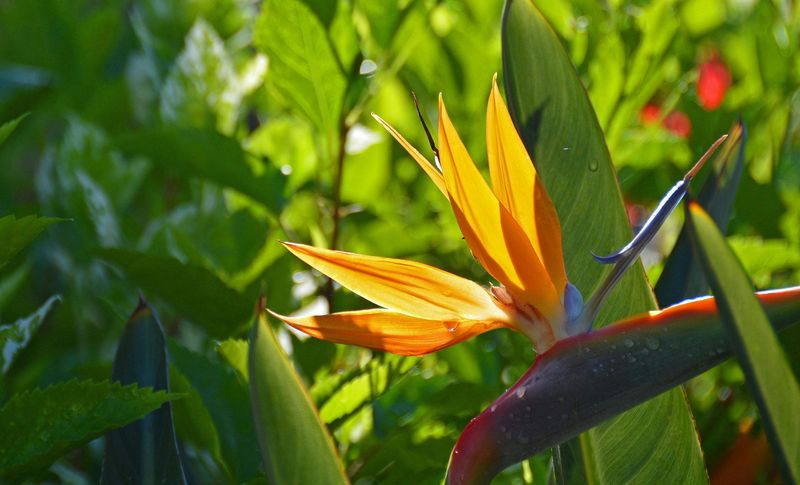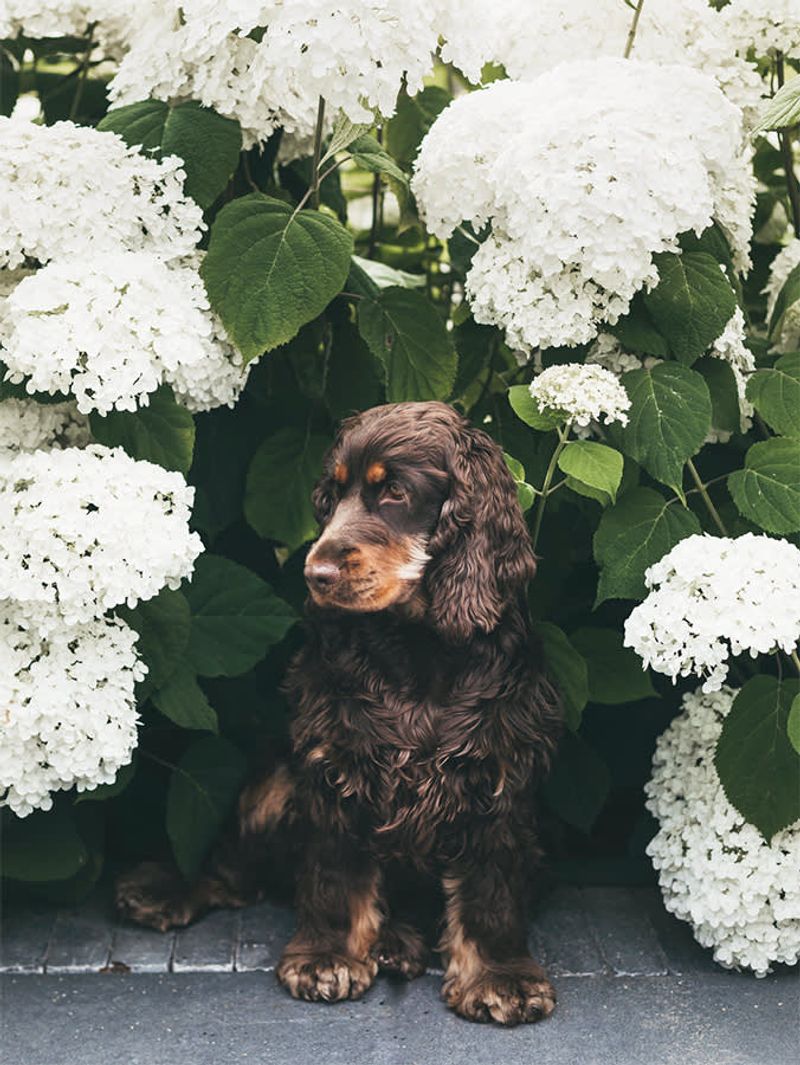Dogs are naturally curious creatures, often exploring their environment with their noses and mouths. While this curiosity is endearing, it can sometimes lead them into dangerous situations, especially when it comes to plants. Many common household and garden plants are toxic to dogs and can cause a range of adverse health effects. From mild irritation to severe poisoning, these plants pose significant risks to our furry friends. In this blog post, we will explore fourteen of these plants, detailing their toxic properties and the symptoms they can cause in dogs.
Sago Palm
The Sago Palm, with its ancient lineage, is a beautiful yet deadly plant for dogs. Its leaves and seeds contain cycasin, a toxin that can cause severe liver failure. Dogs often find the plant’s texture intriguing, leading them to chew on it. Ingesting even a small amount can lead to vomiting, diarrhea, and in severe cases, seizures. The plant’s allure lies in its exotic appearance, often used to beautify gardens and homes. However, its beauty is deceptive, harboring dangers that can prove fatal to our canine companions. Vigilance is key in environments where these palms thrive.
Oleander
Oleander is as beautiful as it is lethal. This evergreen shrub, popular in warm climates, blooms with striking flowers in shades of white, pink, and red. All parts of the plant contain cardiac glycosides, which can cause heart issues in dogs. Even a small ingestion can lead to vomiting, decreased heart rate, and potentially fatal heart arrhythmias. The plant’s intoxicating allure often tempts dogs to investigate, unaware of the danger. Its popularity in landscaping contrasts sharply with the risks it poses, making awareness crucial for dog owners who live near these vibrant shrubs.
Azalea
Azaleas bring a burst of color to gardens, yet they hide a dark secret for dogs. These popular flowering shrubs contain grayanotoxins, which affect the cardiovascular system. A dog ingesting any part of an Azalea may display symptoms such as drooling, vomiting, and weakness. In severe cases, ingestion can lead to cardiovascular collapse. The plant’s vibrant blooms are a visual delight, masking the potential for harm. Gardeners should exercise caution, ensuring that these plants are inaccessible to their canine friends. Dogs and Azaleas are a dangerous mix, and prevention is essential.
Daffodil
The cheerful appearance of Daffodils belies their potential threat to dogs. These springtime favorites contain lycorine, a toxin that induces vomiting, diarrhea, and abdominal pain in dogs. The bulbs are particularly toxic, often mistaken by dogs for toys or bones. Ingestion can lead to severe symptoms such as convulsions and cardiac issues. Their bright yellow petals are appealing, adding charm to gardens, yet caution is required. For dog owners, the presence of Daffodils should come with a warning. Ensuring pets do not dig up or chew on these plants is a crucial protective measure.
Tulip
Tulips are synonymous with beauty and elegance, yet they pose significant risks to dogs. The bulbs contain tulipalin A and B, toxins that cause gastrointestinal distress. Dogs that dig up and chew on these bulbs may experience drooling, vomiting, and diarrhea. The plant’s allure is undeniable, with its vibrant blooms capturing attention every spring. However, preventing access to these plants is vital for dog safety. The hidden dangers within the bulbs can turn a beautiful garden spectacle into a veterinary emergency. Educating dog owners about these risks is essential.
Lily of the Valley
Lily of the Valley’s delicate, fragrant flowers conceal potent toxins. This plant contains cardiac glycosides, which can disrupt a dog’s heartbeat, potentially leading to death. Symptoms of ingestion include vomiting, decreased heart rate, and seizures. The plant’s sweet scent and charming appearance mask its lethal nature. Often used in floral arrangements, its presence in homes or gardens necessitates caution. For dog owners, understanding the severe risk posed by Lily of the Valley is crucial. Keeping this plant out of reach can prevent a serious health threat to their beloved pets.
Foxglove
Foxglove is renowned for its towering beauty and striking bell-shaped flowers. Yet, its elegance cannot hide the toxic compounds it harbors. Containing digitalis, a substance used in heart medications, it can cause severe heart issues in dogs. Ingestion leads to symptoms such as vomiting, diarrhea, and even cardiac arrest. The plant’s enchanting presence in gardens makes it a popular choice among gardeners. However, for dog owners, the risks overshadow its beauty. Awareness and prevention are key, ensuring that these majestic plants do not become a threat to canine health.
Rhododendron
Rhododendrons are a gardener’s delight, offering lush green foliage and vibrant blooms. However, they pose a hidden danger to dogs. Containing grayanotoxins, these plants can cause a range of symptoms in dogs, from excessive drooling to serious cardiovascular issues. Even a small amount can be problematic, making vigilance essential. The striking beauty of Rhododendrons often draws attention, yet their potential to harm pets should not be ignored. For those with dogs, creating a safe garden space means reconsidering the inclusion of these alluring yet perilous plants.
Castor Bean
The Castor Bean plant exhibits an exotic appeal but hides a deadly secret. Its seeds contain ricin, one of the most potent toxins known. Ingesting even a small amount can lead to severe symptoms such as abdominal pain, vomiting, and potentially fatal organ failure. The plant’s architectural beauty and distinctive leaves make it a popular ornamental choice. However, for dog owners, the risks far outweigh the aesthetic benefits. Understanding the dangers and ensuring these plants are not accessible to pets is crucial. Awareness can prevent tragic outcomes.
Cyclamen
Cyclamen plants are a favorite for indoor decoration, with their unique flowers and vibrant colors. However, these plants pose a significant risk to dogs. The tubers contain saponins, which can cause severe gastrointestinal distress if ingested. Dogs may experience vomiting, diarrhea, and even seizures. The plant’s ornate appearance makes it an attractive addition to homes, yet it requires caution. For pet owners, understanding the potential dangers of Cyclamen is vital. Keeping these plants out of reach of curious pets is a necessary step to prevent accidental poisoning.
Yew
The Yew tree stands as a symbol of longevity, yet it harbors toxins that can be deadly to dogs. Containing taxines, these trees can cause severe cardiac and respiratory issues. Ingesting the leaves or berries leads to symptoms such as trembling, difficulty breathing, and even sudden death. The Yew’s dark, evergreen foliage is often used in hedges and landscaping, making it a common sight. For dog owners, awareness of its toxicity is crucial to preventing tragic accidents. Avoiding Yews in areas accessible to pets can safeguard their health.
Bird of Paradise
The Bird of Paradise captivates with its vibrant blooms, resembling a bird in mid-flight. Despite its beauty, it contains toxins that can be harmful to dogs. Ingestion leads to symptoms like vomiting, diarrhea, and lethargy. The allure of its exotic flowers often draws attention, making it a popular ornamental plant. However, for pet owners, awareness of the potential risks is essential. Ensuring these plants are placed out of reach prevents curious dogs from encountering them. The beauty of the Bird of Paradise must be appreciated from a safe distance.
Hydrangea
Hydrangeas are garden favorites, known for their large, colorful blooms. However, they contain cyanogenic glycosides, which can pose a risk to dogs if ingested. Symptoms include vomiting, diarrhea, and in severe cases, difficulty breathing. The plant’s visual appeal often overshadows the potential danger it harbors. For dog owners, knowledge of these risks is vital to creating a safe garden environment. Ensuring pets do not chew on or ingest these plants is an important preventive measure. The beauty of Hydrangeas comes with a warning for those with furry companions.
Autumn Crocus
Autumn Crocus is admired for its delicate beauty and late blooms. However, it contains colchicine, a toxin that can cause severe symptoms in dogs. Ingesting any part of this plant may lead to vomiting, diarrhea, and organ damage. The plant’s elegance and timing often make it a highlight in gardens. Yet, for pet owners, awareness of its toxic potential is crucial. Keeping these plants away from curious dogs is essential to prevent poisoning. The Autumn Crocus’ charm is best appreciated with caution and care for canine safety.
